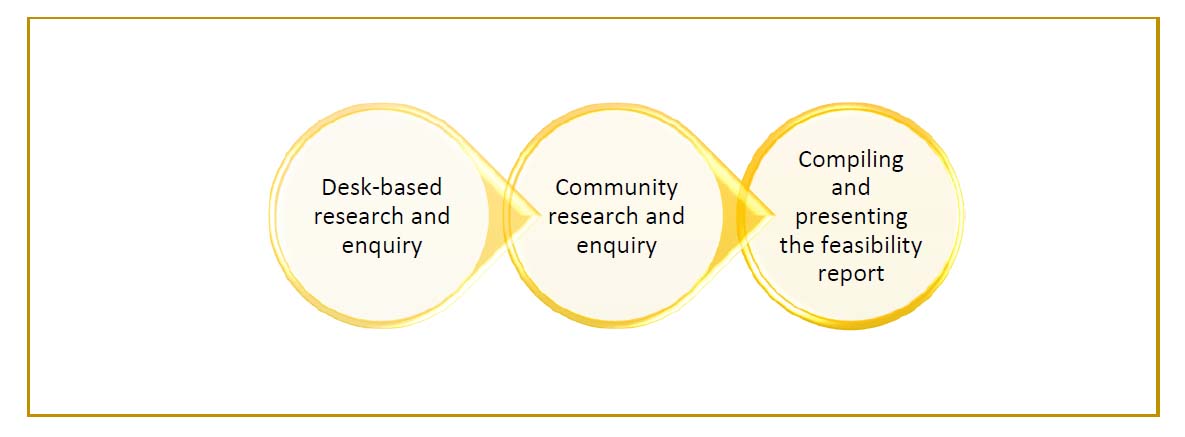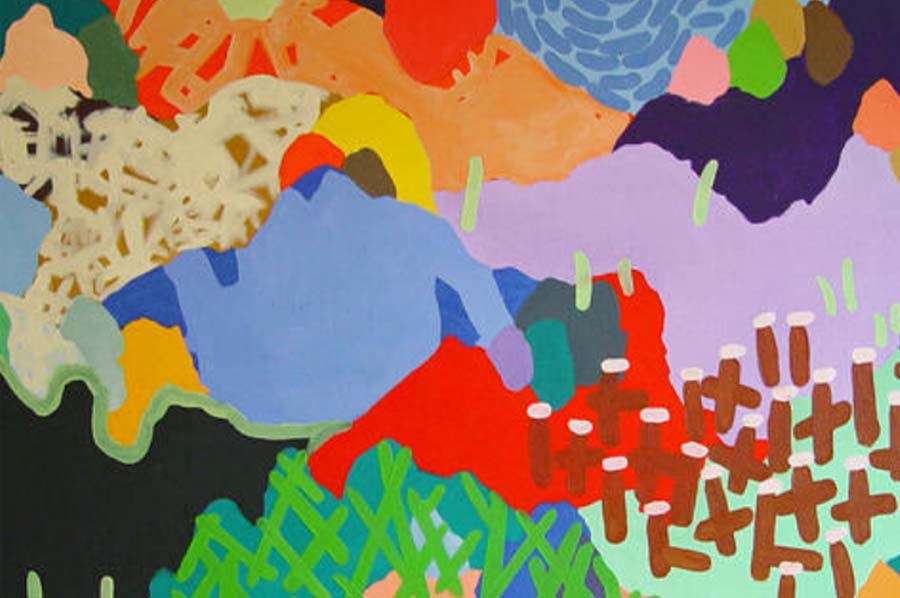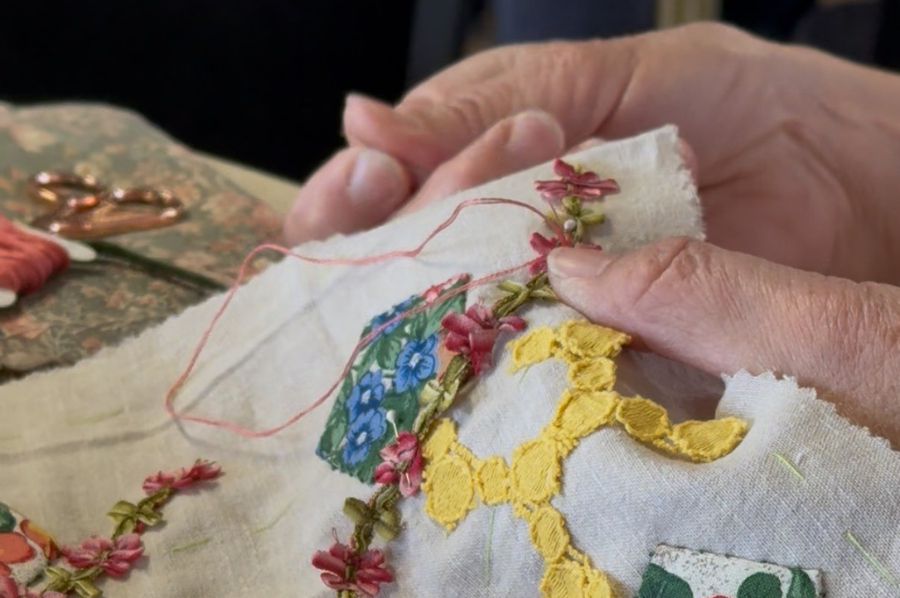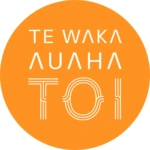Assessing the feasibility of an Arts for Prescription programme in the Western Bay of Plenty
What is this project about?
Commissioned by the Creative Bay of Plenty (CBOP), this is a project to assess the feasibility of an Arts for Prescription (AFP) programme in the Western Bay of Plenty.
The primary question for the research is: How feasible is an AFP programme in the Western Bay of Plenty and what are the key insights for business case development and ultimately, programme delivery?
The project commenced in January 2020 and the report is due to be completed by the end of March 2020.
Why is CBOP undertaking this project?
This is consistent with the role of the Creative Bay of Plenty, which is to support the development and growth of the arts and culture sector in Tauranga Moana and the Western Bay of Plenty. This project is underpinned by the Regional Arts and Culture Strategy, Toi Moana. The feasibility study will provide guidance on the role of CBOP in an AFP programme.
What is the approach to the project?
Undertaken in partnership with CBOP and rooted in the context of Western Bay of Plenty’s cultural identity, the project has three main stages:

The research is qualitative rather than quantitative. It starts with a wide view of New Zealand and international practice, moving through to more focused community research and consultation in the Western Bay of Plenty. As well as looking at the specific role of CBOP and the wider sector, there is an interest in the potential of an AFP programme for engaging young people. A range of evidence and perspectives will be sought.
Who will be involved and what questions will be asked?
Input from a wide range of stakeholders in the Western Bay of Plenty community of interest will be sought in February and March, principally using an online survey. There will also be some focus groups and individual meetings in order to explore certain points in more detail.
Although to be fully worked up once the desk-based research and enquiry is completed, it is expected that the questions will cover:
- Why: the purpose, outcomes and value of AFP programmes?
- Who: the people involved, including participants, funders and those delivering initiatives?
- What: the shape and nature of such programmes?
- How: the lessons learned, risks and insights?
The aim is to form concepts for an AFP programme that might apply to the Western Bay of Plenty.
What’s an Arts for Prescription programme?
A new study published by the World Health Organization … reconsiders the connection between culture and health through unprecedented academic research … and finds that art has positive
overall effects for mental and physical health at all stages of life.
Source: World Health Organisation, 2019, “What is the evidence on the role of the arts in improving health and well-being? A scoping review”
AFP focuses on the arts’ positive impact on both physical and mental wellbeing. Sometimes referred to as a form of social prescribing, AFP is an evolving, international movement with a growing body of supporters. One model involves health professionals writing prescriptions for patients to participate in the arts. A parallel can be found in the practice of a Green Prescription, which is where a health professional provides advice to a patient to be physically active, as part of health management.
Although still an emerging area of practice in New Zealand, the context in Aotearoa is a fertile one, not least because of the wellbeing agenda. The opportunity for CBOP and partners to shape and lead in this space will be tested through this feasibility study.
Next steps
Following the desk-based research, conversations with the wider sector will follow. If you do have any questions in the meantime, you can contact connect@creativebop.org.nz






